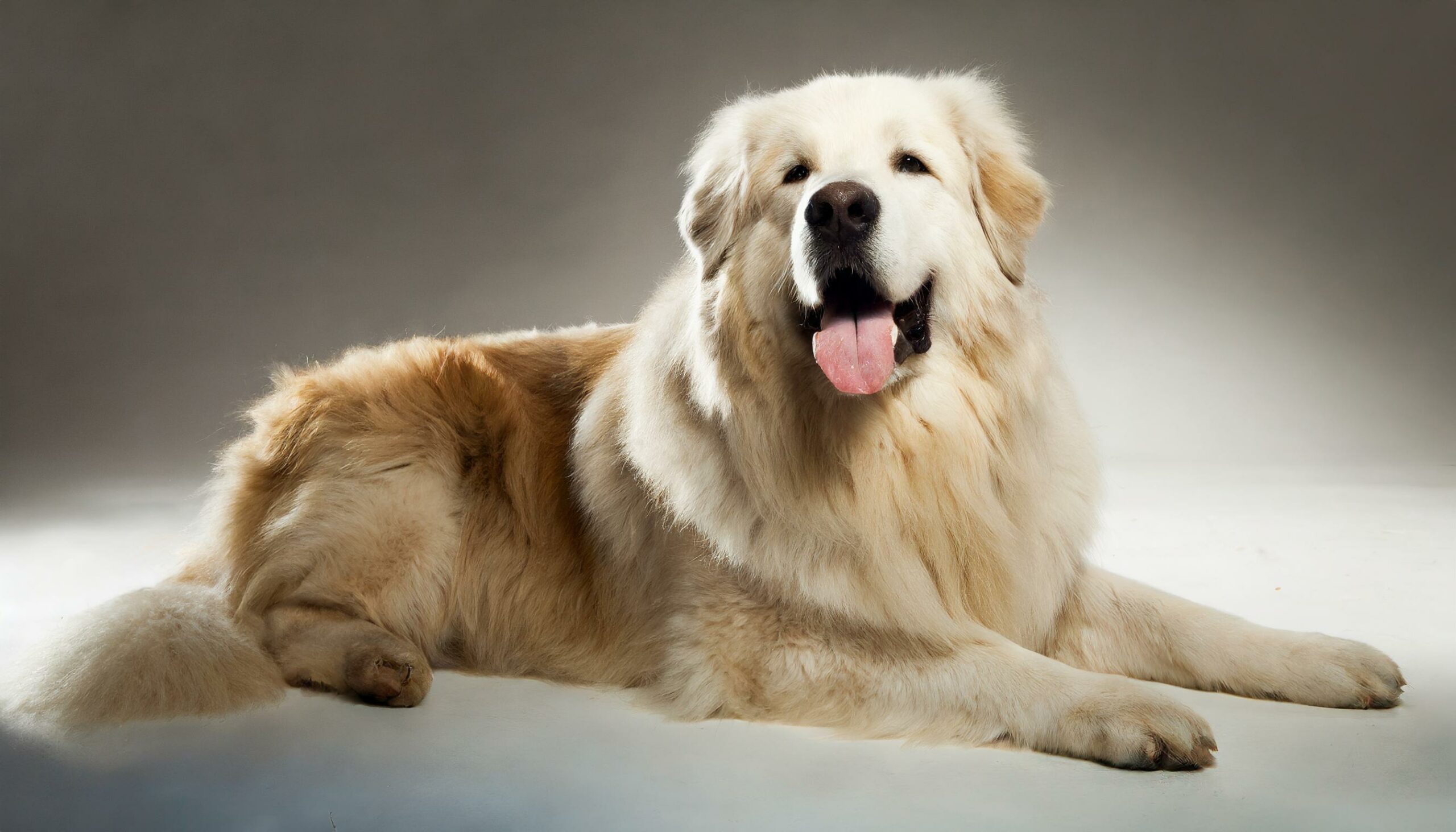The Great Pyrenees, known for its majestic appearance and gentle demeanor, stands as a symbol of strength and serenity. Originating from the Pyrenees Mountains that form the natural border between France and Spain, this breed has a storied history as a guardian of flocks, protecting sheep from predators such as wolves and bears. Despite its formidable size and protective instincts, the Great Pyrenees is celebrated for its calm, patient, and affectionate nature, making it a beloved family companion as well as a diligent working dog.
Origins and History
The Great Pyrenees’ lineage dates back several thousand years, with roots as a guardian dog for flocks in the Pyrenees Mountains. The breed’s prowess in protecting livestock from predators was highly valued by shepherds, leading to its spread throughout France and Spain. By the 17th century, the Great Pyrenees had gained favor with French nobility for its elegance and guarding abilities, further cementing its status as a distinguished breed. The American Kennel Club (AKC) recognized the Great Pyrenees in 1933, acknowledging its unique blend of strength, grace, and loyalty.
Physical Characteristics
The Great Pyrenees is a large, powerful dog, with males typically standing 27 to 32 inches at the shoulder and females slightly smaller. The breed is known for its beautiful, weather-resistant double coat, which is predominantly white, sometimes with shades of gray, red, or tan around the face and on the body. Its thick coat, designed to protect it from harsh mountain climates, requires regular grooming to prevent matting and maintain its condition. The breed’s imposing stature is balanced by its expressive, dark eyes that reflect a gentle and intelligent spirit.
Temperament and Personality
Despite its size and history as a guardian, the Great Pyrenees is known for its calm and gentle disposition. The breed is fiercely loyal and protective of its family, making it an excellent watchdog. However, it is also patient and affectionate, often forming strong bonds with children. The Great Pyrenees possesses a quiet confidence and is typically reserved with strangers, embodying a dignified and peaceful demeanor. It is independent and thoughtful, with a tendency to assess situations before reacting, traits that served it well in its guardian role.
Health and Care
The Great Pyrenees has a lifespan of 10 to 12 years and is generally healthy, but like all large breeds, it can be prone to certain health issues, including hip dysplasia, bloat, and bone cancer. Regular veterinary check-ups, a nutritious diet, and moderate exercise can help prevent or manage these conditions. Despite its thick coat, the Great Pyrenees does not require excessive grooming, but regular brushing is necessary to manage shedding and maintain coat health.
Ideal Home Environment
The Great Pyrenees is best suited to a home with ample space, where it can roam and exercise. While it can adapt to various living situations, including farms and homes with yards, it is important to provide a secure, fenced area to prevent wandering. The breed’s protective nature and tendency to bark at perceived threats make it important for potential owners to commit to training and socialization from an early age. The Great Pyrenees thrives in a family environment where it can be an integral part of daily life, offering loyalty, protection, and companionship.
Conclusion
The Great Pyrenees is a breed that embodies the qualities of a noble guardian: strength, loyalty, and a serene disposition. Its majestic appearance, combined with its gentle nature, makes it a cherished companion for those who appreciate the breed’s unique characteristics. For families and individuals seeking a protective dog with a calm and loving temperament, the Great Pyrenees offers the best of both worlds, serving as a devoted guardian and a faithful friend.
